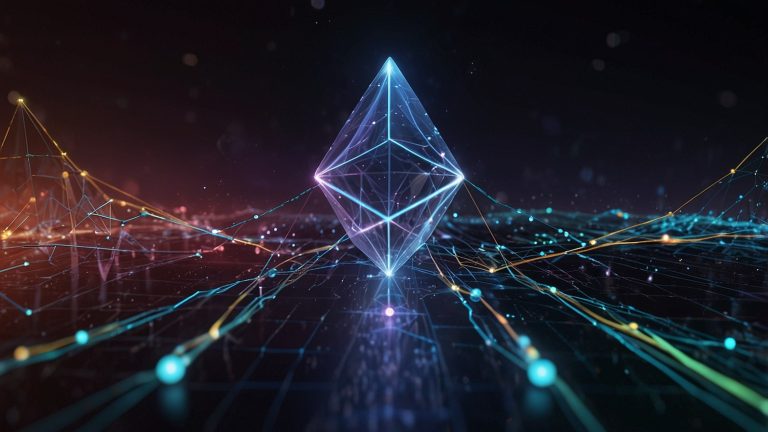Good news for those who want a hair transplant but dislike the very short-hair look that follows the procedure: with the Long Hair FUE technique, hair can now be extracted and transplanted without shaving, keeping its full length. This method is especially favored by busy businesspeople and celebrities.
When people think of “hair transplantation,” the image that comes to mind is usually a fully shaved head but that image may soon become a thing of the past. The solution lies in a new technique: Long Hair FUE.
One of the first doctors in the world to perform this method, Dr. Koray Erdoğan, Medical Director of ASMED Medical Center, explains that the technique allows patients to see the results immediately after the operation.
“Long Hair FUE is actually a different version of the standard FUE transplantation method. In this technique, we don’t shave either the donor area or the recipient area. We extract the donor hairs from the back of the head without trimming them short — keeping them long — and then transplant them into the thinning or balding areas such as the front, sides, or crown. When we compare it to other transplant methods, the duration of the operation and the overall process remain the same,” says Dr. Erdoğan.
He adds that with this method, patients can see their results immediately after the procedure, which is highly satisfying for both the doctor and the patients. Dr. Erdoğan emphasizes that the rate of complications is not higher than in standard procedures but notes an important point:
“Working with long hair requires great precision. As in all our operations, we perform both the extraction and implantation manually. The advantage of manual work in Long Hair FUE is that gives us full control over the donor area and the extracted grafts, ensuring that the hair follicles are well protected. Ultimately, performing the procedure manually provides a major advantage in preserving sensitivity to the hair and scalp.”
Dr. Erdoğan also notes that this method is particularly popular among busy executives, stage performers, artists, and singers who cannot afford long recovery times.
Additionally, Dr. Koray Erdoğan performs Long Hair FUE surgeries using specialized surgical instruments of his own design. The extraction tool, whose tip was developed by Dr. Erdoğan himself, provides the same level of success and comfort as conventional procedures that require full head shaving — without the need to shave the hair at all.
Beyond convenience, Dr. Erdoğan highlights a psychological advantage that sets Long Hair FUE apart from traditional approaches. Patients often experience a strong emotional response when they see transplanted hairs already matching the length and style of their existing hair. This immediate visualization helps them feel more confident about the final outcome, reducing the anxiety commonly associated with the wait-and-see period typical of short-shave procedures.
Another major benefit is that Long Hair FUE allows the surgeon to better assess natural direction, texture, and density during placement. With the hair kept at its full length, Dr. Erdoğan and his team can more precisely align new grafts to match the existing pattern. This contributes to an exceptionally natural appearance, especially in delicate areas such as the frontal hairline. Because the hair is not shaved, the doctor can clearly see how the new follicles will blend with the patient’s style and growth pattern, ensuring an aesthetic result from the very beginning.
The technique is also favored by international patients seeking discreet treatment. Many people travel to Istanbul specifically for ASMED’s expertise, and Long Hair FUE enables them to return home without visible traces of surgery. Since the donor area remains unshaved, redness and micro-scabbing are easily hidden under longer strands, allowing patients to resume business meetings, public appearances, or performances within days rather than weeks.
Dr. Erdoğan emphasizes that while the technique is more labor-intensive and requires advanced skill, the outcomes justify the additional effort. His team undergoes continuous training to master the delicate handling of long grafts, ensuring minimal trauma during extraction and placement. Every step — from the angle of insertion to the protection of follicular units — is performed with meticulous care.
As one of the pioneers of Long Hair FUE, Dr. Koray Erdoğan continues to refine the method and push the boundaries of modern hair restoration. With a combination of scientific precision, advanced manual artistry, and innovations in surgical instrumentation, he remains at the forefront of techniques that prioritize both natural aesthetics and patient comfort.













 Bitcoin
Bitcoin  Ethereum
Ethereum  Tether
Tether  XRP
XRP  USDC
USDC  TRON
TRON  Lido Staked Ether
Lido Staked Ether  Cardano
Cardano  Avalanche
Avalanche  Toncoin
Toncoin  Solana
Solana